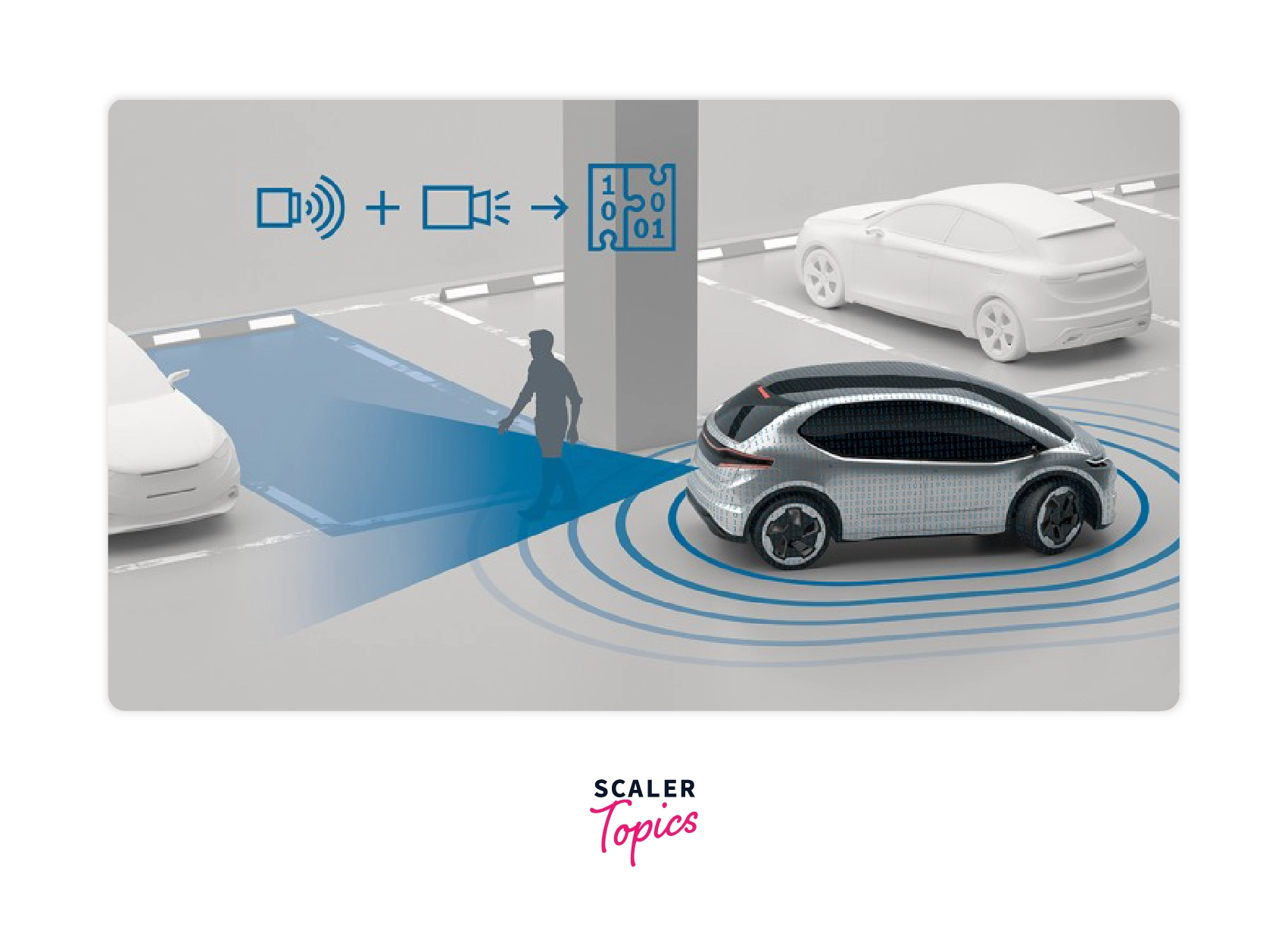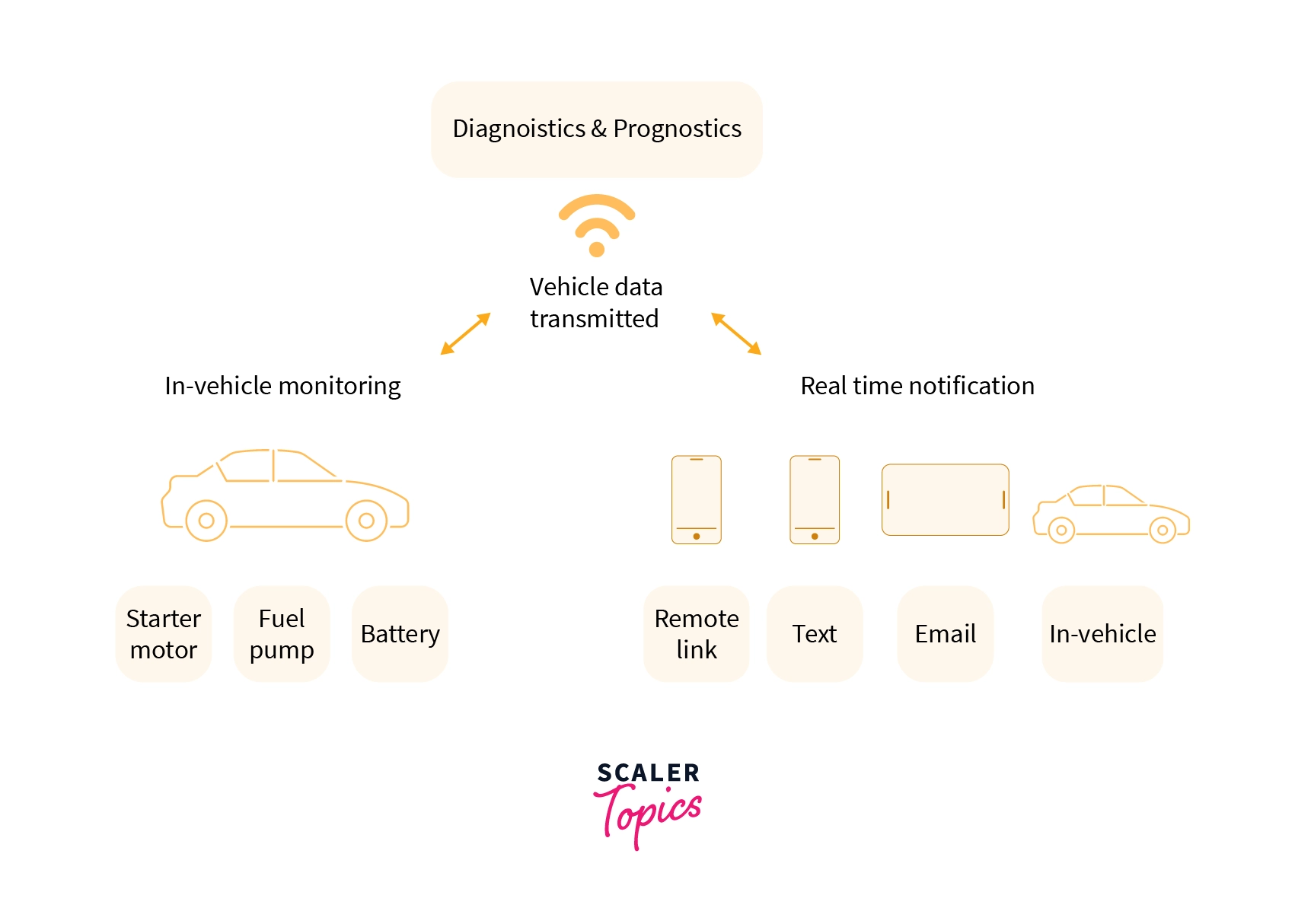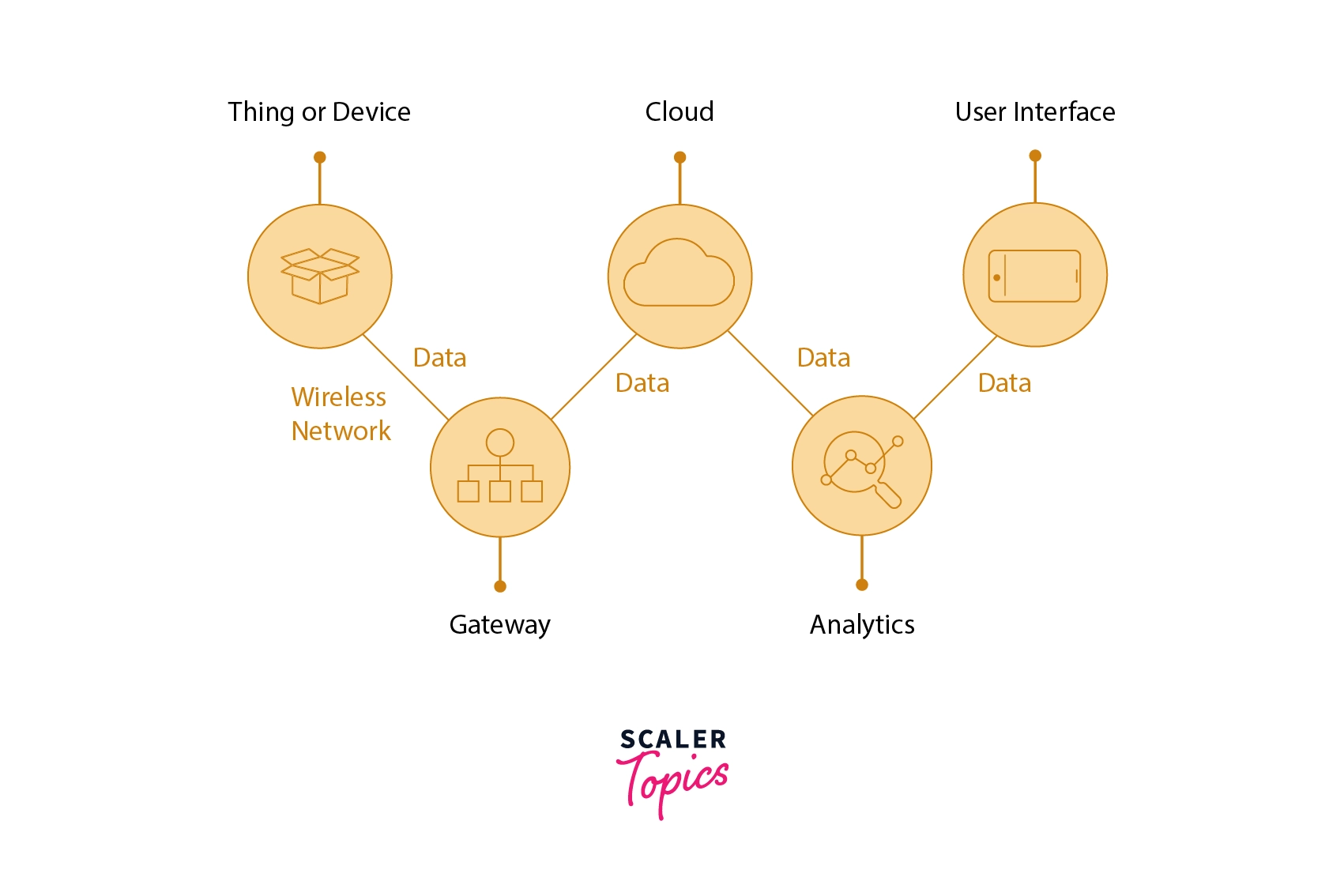Components of IOT
Overview
An IoT (Internet of Things) system is a system that connects multiple devices, digital machines, and other things which have their own unique IDs and are able to transfer data over the network without requiring any human interaction. In order to be considered an IoT system, we must properly integrate four components: sensors/devices, connectivity, data processing, and user interface.
What is IoT?
Isn't it is interesting that a few years ago, a big vehicle driver needs a co-pilot along with them to reverse and park the vehicle safely without causing any damage to the vehicle? But nowadays these problems are sorted out after the introduction of sensors and cameras in vehicles.

In this case, the point is how those sensors and cameras help the driver to operate the vehicle more easily. So here comes the use of IoT(Internet of Things) which influences our lifestyle from the way we react to the way we behave.
IoT refers to an ecosystem of physical objects with built-in sensors that can gather & transmit data across a network without the need for human interaction. The IoT technology in the device allows the device to create an interaction between internal components and the outside world, that assists in decision-making.
The term "things" here refers to anything - from small chips to large vehicles - that can be uniquely identified using their IP numbers.
IoT is a huge ecosystem of connected devices so-called objects, which keeps on learning from the other devices. IoT just aims to increase human interconnectedness by allowing individuals to interact, share, and cooperate with things.
IoT provides a platform for all the devices to dump up their data and a common language among all the devices to establish a way of communication between the devices. Data is emitted from devices through various sensors and sent to the IoT platform securely.

Then IoT platform integrates the collective data from the various sources and then analyzes the data to extract the valuable information from that data for further computation. Then that computed result is shared with devices for a better user experience.
Why use IoT?
Almost any industry could profit from the Internet of Things(IoT) devices because the Internet of Things (IoT) enables objects to just be managed remotely via the internet, IoT devices have opened up possibilities for connecting directly and integrating the real world with machine platforms via sensors and the internet. Those devices which have IoT in them are interconnected with other devices and help to create automation for applications.

We can automate the operation by using IoT, which allows sensors to submit data straight to the cloud server, where a number of procedures can be implemented for a much more efficient output after evaluation. The cloud then executes pre-determined actions depending on the outcomes or results.
With much less human participation, the correctness, productivity, and financial benefit improve even more.
Some benefits of using IoT are listed below:
- More amount of data tends to better decision making. Like suppose sensors are implemented so they collect a large amount of data from different in different conditions which helps it to make good decisions in any new conditions and circumstances.
- You can track and control any of your belongings and goods.
- Used in the healthcare management system. Like monitoring and controlling the heartbeats and blood pressure of the patient.
- Used in building smart homes.
- Used in wearables. Like in smartwatch as GPS, heart rate monitoring, etc systems.
Similarly, like them, there are lots of uses and benefits of IoT which are used to create automation and increase efficiency without human intervention.
Major Components of IoT

Things or Devices
The key physical items being tracked are Things or Devices. Smart sensors are connected to things/devices which further continues to collect data from the device and send it to the next layer, which is the portal or also called as the gateway Small smart sensors for a variety of applications are now possible because of new advancements in microelectronics.
Some commonly used sensors are:
- Temperature sensors and thermostats
- Pressure sensors
- Humidity / Moisture level
- Light intensity detectors
- Moisture sensors
- Proximity detection
- RFID tags
User Interface
User interface also termed as UI is nothing but a user-facing program that allows the user to monitor and manipulate data.
The user interface (UI) is the visible, tangible portion of the IoT device that people can interact with. Developers must provide a well-designed user interface that requires the least amount of effort from users and promotes additional interactions.
Cloud
Cloud storage is used to store the data which has been collected from different devices or things. Cloud computing is simply a set of connected servers that operate continuously(24*7) over the Internet.
IoT devices, applications, and users generate massive amounts of data, which must be managed efficiently. Data collection, processing, management, and archiving are among the responsibilities of IoT clouds. The data can be accessed remotely by industries and services, allowing them to take critical decisions at any time.
In the simplest terms, an IoT cloud is a network of servers optimized to handle data at high speeds for a large number of different devices, manage traffic, and analyze data with great accuracy. An IoT cloud would not be complete without a distributed management database system.
Analytics
After receiving the data in the cloud, that data is processed. Data is analyzed here with the help of various algorithms like machine learning and all.
Analytics is the conversion of analog information via connected sensors and devices into actionable insights that can be processed, interpreted, and analyzed in depth. Analysis of raw data or information for further processing is a prerequisite for the monitoring and enhancement of the Internet of things (IoT).
Among the most significant benefits of a well-designed IoT system is real-time smart analysis, which enables designers to spot anomalies in gathering information and respond quickly to avoid an undesirable situation. If information is collected correctly and at the right moment, network operators can plan for the next steps.
Network Interconnection
Over the past few years, the IoT has seen massive growth in devices controlled by the internet and connected to it. Although IoT devices have a wide variety of uses, there are some common things among them also along with the differences between them.
IoT is enabled by a variety of technologies. The network used to communicate with other devices in an IoT deployment is critical to the field, a position that numerous wireless or wired technologies can fill.
System Security
Security is a crucial component of IoT implementation, but this security point of view is too often overlooked during the design process. Day after day weaknesses within IoT are being attacked with evil intent – however, the majority of them that can be easily and inexpensively addressed.
A secure network begins with the elimination of weaknesses within IoT devices as well as the provision of tools to withstand, recognize, and recoup from harmful attacks.
Central Control Hardware
The two or more data flow among multiple channels and interfaces is managed by a Control Panel. The additional duty of a control panel is to convert various wireless interfaces and ensure that linked sensors and devices are accessible.
Conclusion
- IoT platform technology advances and regulations are integrating to improve accessibility, power, expense, and safety.
- The number of IoT applications in the automobile industry is growing every day.
- With the advancement of IoT technology, highly advanced vehicle usage scenarios will emerge, fundamentally changing the way we communicate with our vehicles.
- Because of the high demand in various industries, the Internet of Things will continue to develop.
